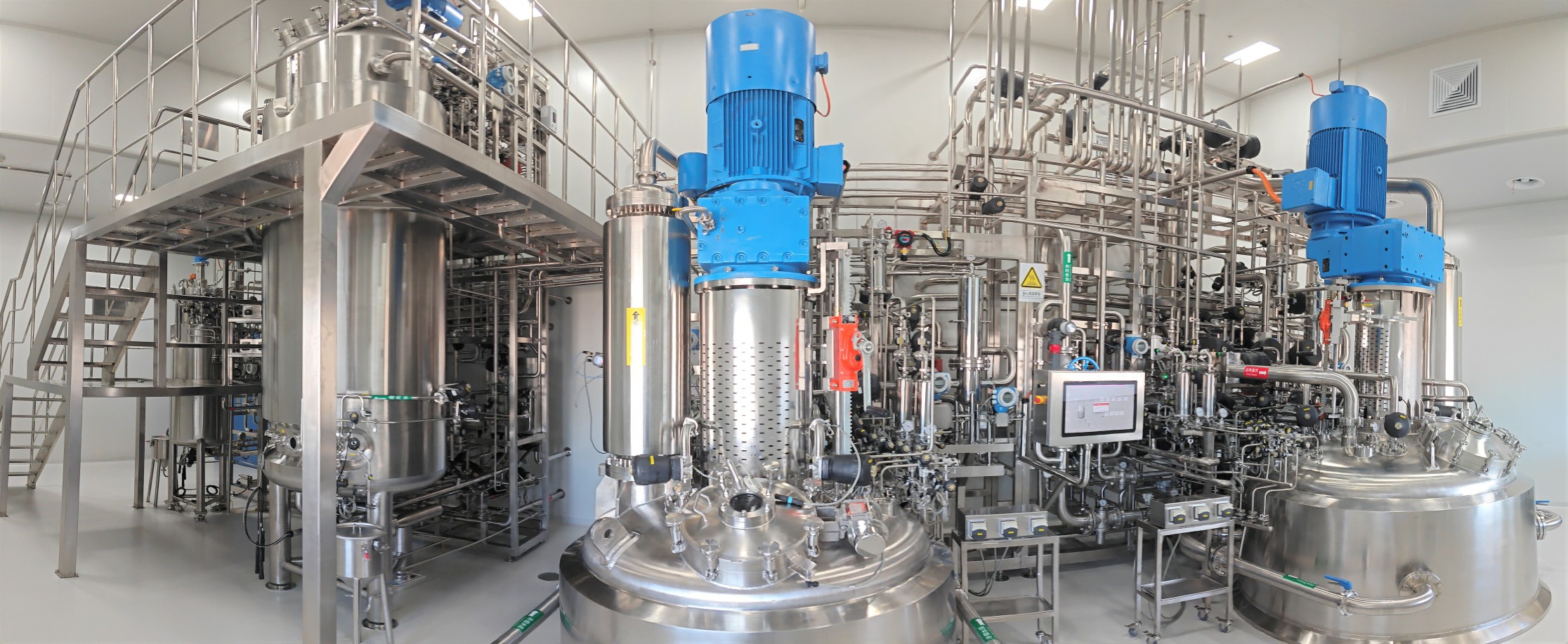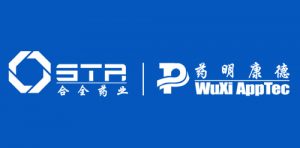Picture turning a 5-step chemical synthesis into a single enzymatic step. Sounds like a no-brainer, right?
Biocatalysis offers clear advantages over traditional chemistry: Greater enantioselectivity, milder reaction conditions, and reduced environmental impact.
On paper, it’s often the most efficient, sustainable, and scalable solution. But in practice, developing a biocatalytic process is anything but simple. It demands expertise across synthetic route design, enzyme screening, evolution, fermentation, downstream processing, API process development, and API manufacturing.
That’s a tall order and one many CDMOs aren’t built to deliver. Process development teams are often forced to patch together fragmented services: one vendor for screening, another for evolution, and a third for fermentation. The result? Delays, inefficiencies, and missed milestones.
A new model is needed; one that integrates these capabilities under one roof. At WuXi STA, we deliver precisely that: An end-to-end biocatalysis platform that turns the potential of biocatalysis into real business impact.
In the following blog, we’ll explore the common challenges at each stage of the biocatalysis workflow and how WuXi STA’s comprehensive solution helps you overcome them with speed, reliability, and confidence.
The Steps and Challenges in Developing a Biocatalysis Process
1. Enzyme Screening
Screening enzymes is the first step in developing a biocatalytic process. Most CDMOs maintain libraries of natural or engineered enzymes to evaluate activity against a target substrate. The goal is to find a candidate with suitable conversion, selectivity, and compatibility. However, initial hits often show low activity or low selectivity, requiring further screening or engineering.
2. Enzyme Evolution
After identifying a hit, enzyme evolution (via directed evolution or rational design) enhances traits like activity, selectivity, stability, or expression. This step is critical but time-consuming, often limited by a lack of efficient mutant library design and high-throughput screening tools.
3. Enzyme Fermentation and Production
Enzyme fermentation and production uses microbial or other expression platforms, followed by recovery, purification, and downstream processing. The goal is to generate high yields of active, reliable enzymes. Scale-up challenges include low expression, degradation, and inconsistent performance. Fermentation also requires the skill set and equipment that are rather different from API process development and manufacturing.
4. Biocatalytic Process Development
Enzymes are optimized for reaction performance under process-relevant conditions. The aim is to build a scalable, cost-effective transformation, but teams can face enzyme inhibition, slow kinetics, solubility issues, and product isolation challenges.
5. Intermediates API Production
Finally, a process for intermediates/API manufacturing is transferred to the plant for scale-up. Challenges may come with enzyme carryover, reproducibility, and meeting regulatory standards.
Unleashing the Potential of Biocatalysis
Only a limited number of partners can manage the full range of challenges in biocatalysis process development.
WuXi STA’s end-to-end biocatalysis capabilities reduce complexity and shorten timelines by integrating enzyme screening, evolution, fermentation, and enzymatic process development under one roof:
● Enzyme screening: Drawing from our screening experience with over 4,000 biocatalytic reactions covering 25+ reaction types, we have curated a library of 3,000+ high-quality enzymes and 200,000 optimized variants. Our enzyme library is screened, validated, and refined through hundreds of real-world development and manufacturing projects. This enables us to quickly identify the right enzymes for target reactions for both small molecules and complex new modalities.
● Enzyme evolution: Using proprietary techniques, we enabled a mid-sized U.S. pharmaceutical company to convert a 5-step chemical synthesis with a 30% yield into a single-step enzymatic process with a 90% yield using a newly evolved enzyme. In addition, over 40 enzymes developed by our evolution team have been successfully applied in production in 2024.
● Enzyme fermentation and production: WuXi STA delivers scalable fermentation processes to produce enzymes in-house, ensuring supply chain security. Our new fermentation plant at the Changshu, China site, opened in October 2024, bringing our total enzyme fermentation capacity to over 22,000 L. Our largest single fermenter is 10,000 L, supporting commercial-scale enzyme production.
● Process development and scale-up: In 2024 alone, we applied biocatalysis to 80+ compounds and delivered 90+ metric tons of APIs and intermediates. Our extensive project experience and proven success in commercial-scale production make WuXi STA one of the most experienced CDMOs globally in applying biocatalysis at scale.
Integrating these processes makes us (and you!) more efficient and sustainable: We are committed to green chemistry principles, reducing environmental impact, and improving process efficiency.

Contact us to learn more about how you can leverage our end-to-end biocatalysis capabilities to accelerate your timelines and access more sustainable processes.









